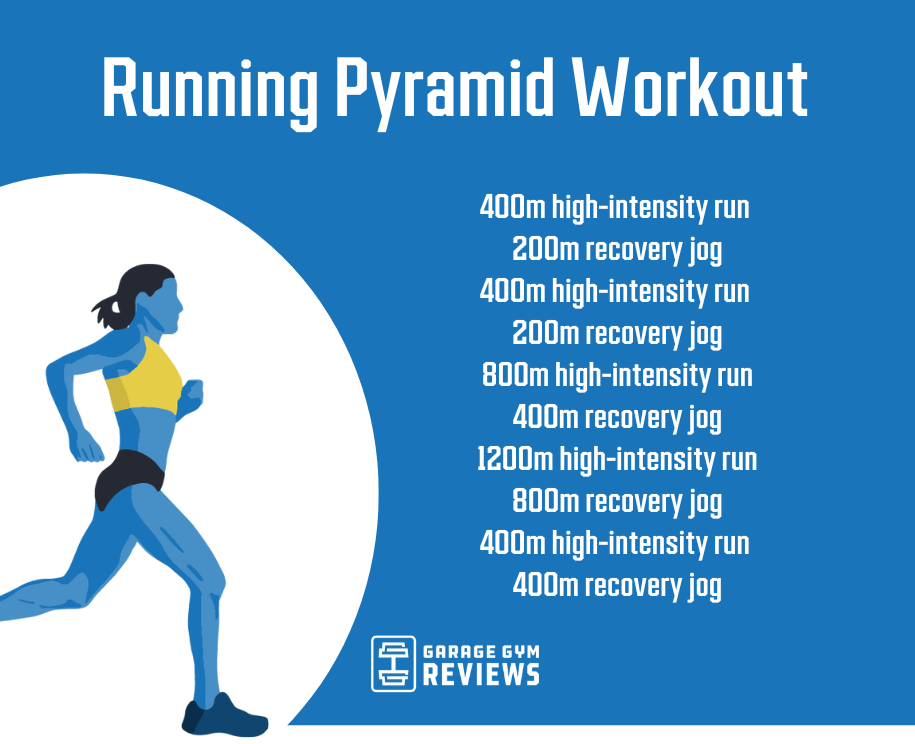Raise Your Running Strategy with Proven Techniques
Exactly How to avoid and Handle Pain in Running: Specialist Tips and Suggestions
The quest of that runner's high can in some cases be hindered by the unwanted buddy of discomfort. There exist proven techniques and experienced recommendations that can help alleviate and take care of these discomforts, permitting you to focus on the joy of running itself.
Relevance of Proper Footwear
Correct footwear plays a vital duty in preventing and taking care of pain for joggers, as it dramatically affects their comfort, performance, and total foot health. When it comes to running, wearing the right footwear can make all the difference. Ill-fitting or inappropriate shoes can result in a host of concerns such as sores, shin splints, plantar fasciitis, and also extra serious injuries like stress and anxiety cracks.
Choosing the right running shoes includes thinking about elements such as foot type, stride auto mechanics, running terrain, and individual choices. Runners with high arches might require even more cushioning and assistance, while those with flat feet may gain from stability footwear. In addition, recognizing pronation (the internal rolling of the foot) and supination (the outside rolling of the foot) can aid in picking shoes that supply the right degree of arch assistance.
Spending in high quality operating shoes that are ideal for your individual demands can assist protect against pain and pain while enhancing your running experience. Prioritizing correct footwear is not nearly performance but additionally concerning protecting your foot health and wellness over time.

Effective Workout Methods
Shoes option is just one aspect of planning for a successful run; an additional important element is executing reliable warm-up methods to enhance efficiency and lower the threat of injury. A vibrant workout routine prior to a run aids enhance blood flow to the muscular tissues, enhances versatility, and improves the series of motion of the joints. Dynamic stretches like leg swings, high knees, and hip circles are valuable in preparing the body for the physical demands of running. Slowly increasing the intensity of the warm-up workouts can assist turn on the muscle mass and boost neuromuscular coordination.
Along with dynamic stretches, incorporating some light cardio exercises such as jogging or missing rope can additionally raise the heart price and warm up the body. This combination of vibrant stretching and light cardio helps loosen up limited muscular tissues, oil the joints, and psychologically prepares the jogger for the upcoming exercise (running strategy). By making warm-ups a constant component of your running routine, you can significantly decrease the risk of injuries and execute at your finest throughout each run
Key Extending Exercises
When planning for a run, integrating crucial extending workouts is important to boost muscle mass adaptability and avoid injuries - Read More. Dynamic extends such as leg swings, high knees, and hip circles are helpful for warming up the muscular tissues and enhancing variety of motion prior to a run. These activities aid enhance blood circulation, loosen limited muscles, and prepare the body for the task ahead
Fixed stretches like calf stretches, hamstring stretches, and quadriceps stretches must follow a go to aid in muscle recuperation and prevent tightness. Holding each go for 15-30 seconds enables the muscle mass to unwind and lengthen, lowering the risk of post-run discomfort and possible injuries.
Furthermore, incorporating yoga Source exercise poses like descending pet, pigeon posture, and back twists can target multiple muscle groups concurrently, promoting general versatility and stamina. Constant extending routines not only boost efficiency but likewise help in maintaining good running type and avoiding overuse injuries. Remember, proper extending methods are important for a safe and satisfying running experience.
Recovery and Relax Methods
After finishing a run, carrying out effective recovery and remainder strategies is necessary for optimizing performance and minimizing the threat of injuries. Additionally, including rest days into your training timetable is vital to stop overuse injuries and fatigue.
Active healing methods such as mild stretching, foam rolling, and yoga can help boost circulation, lower muscular tissue pain, and enhance versatility. It is additionally useful to focus on hydration and nourishment post-run to restore electrolytes, glycogen shops, and promote muscle mass recuperation.
Cross-training tasks like swimming or cycling can provide a break from the recurring effect of running while still keeping cardio physical fitness - running workout. Paying attention to your body and acknowledging when it needs a break is crucial to avoid persistent injuries and guaranteeing long-term running success. Keep in mind, rest is not an indicator of weakness however an important element of an all-around training regimen
Cross-Training Benefits

Furthermore, cross-training help in stopping mental exhaustion by including range to your workout regimen, maintaining you motivated and participated in your fitness journey. It enables you to service various elements of health and fitness that may not be targeted only through running, resulting in an extra balanced and well-rounded athlete. In addition, cross-training can aid improve running efficiency by addressing muscular inequalities and weak points that may hinder efficiency. Generally, incorporating cross-training into your regimen can cause improved endurance, rate, and general sports performance while lowering the probability of injury.
Verdict
To conclude, correct shoes, workout techniques, extending exercises, healing approaches, and cross-training are necessary parts in protecting against and taking care of pain in running. By integrating these techniques into your routine, you can reduce the risk of injury and pain while maximizing efficiency and satisfaction of the sport. Read More. Remember to listen to your body, prioritize rest and recuperation, and look for specialist guidance when required to make certain a secure and reliable running experience